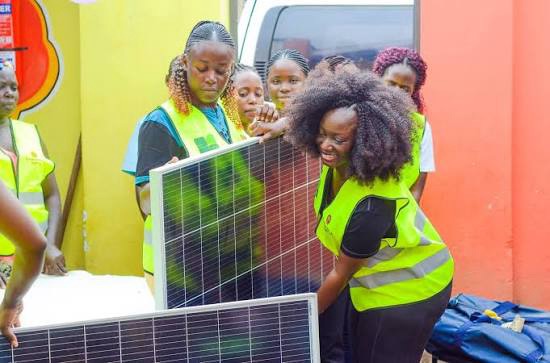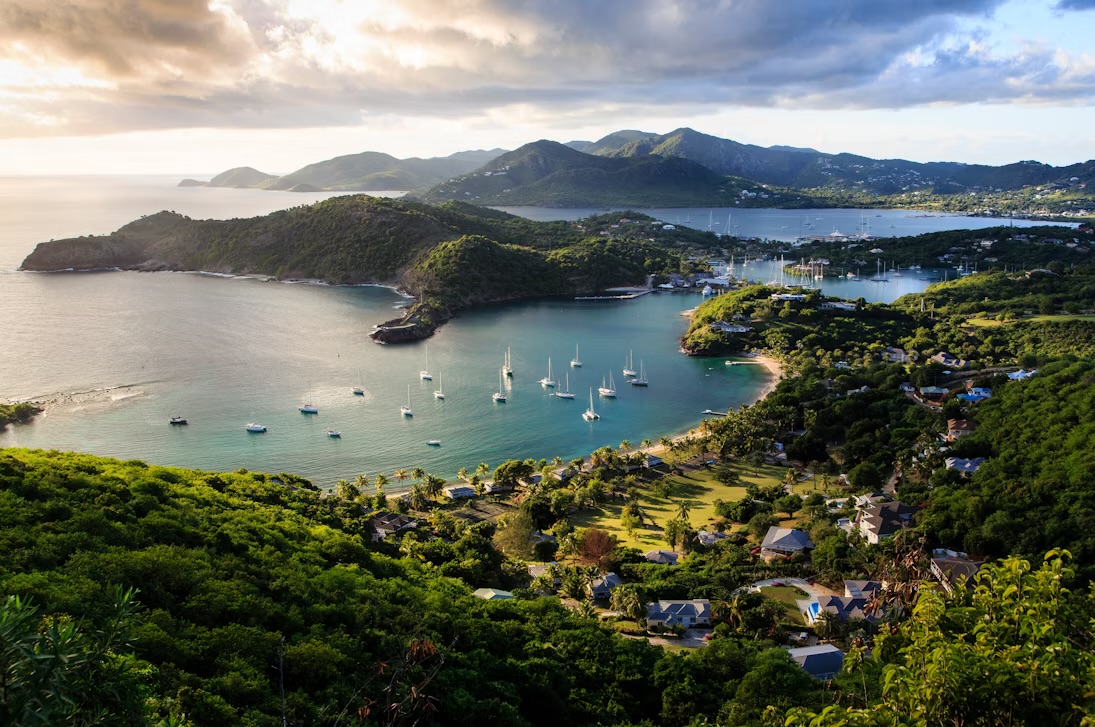Antigua and Barbuda has embarked on one of the most ambitious clean-energy transitions in the Eastern Caribbean, positioning itself as a regional model for resilience and modern infrastructure. The nation’s shift from short-term energy solutions to long-term structural transformation has been in the making for several years, driven by rising global fuel prices and intensifying climate impacts.
Solar Expansion Reaches Record Levels
New utility-scale solar fields, community microgrids, and rooftop solar projects have surged across St. John’s, Five Islands, All Saints, and rural parishes. Data indicates that Antigua has increased its renewable energy output more significantly in the last 24 months than in the previous decade combined. This transformation not only lowers emissions but stabilizes electricity costs and reduces dependency on foreign fuel, a traditional vulnerability for Small Island Developing States.
Gaston Browne’s Strategic Blueprint for Energy Security
Prime Minister Gaston Browne has approached energy policy as a cornerstone of national sovereignty and economic independence. He has advocated for substantial investments in renewable energy, overcoming skepticism about ambitious targets. As a result, the country is witnessing lower grid volatility, reduced costs on fossil fuels, and a more predictable economic environment for households and small businesses.
Browne’s strategic negotiations with international partners have welcomed financing, technology, and training while ensuring that national direction and ownership remain intact. The once-aspirational goal of energy independence is now becoming a reality.
Regional Partnerships Transform the Landscape
Collaborations with Barbados, Dominica, and St. Kitts & Nevis have expedited Antigua’s energy transformation, empowering these nations to share frameworks and climate adaptation strategies. Joint projects with academic institutions and climate-research teams are enabling the development of microgrids, renewable-powered desalination systems, and advanced battery-storage networks, which bolster resilience against extreme weather events and fuel price fluctuations.
A People-Centered Energy Transition
Training programs for solar installation and system monitoring have created new technical jobs for the local youth. Residents are now experiencing tangible benefits such as fewer outages, improved water stability, and protection from the price shocks that have previously destabilized the region’s economies, especially during storm seasons.
A Model for the Caribbean’s Future
The clean-energy transformation in Antigua and Barbuda is not merely a national enhancement; it serves as a guiding model for the Caribbean. This shift demonstrates that vision, rather than scale, is the key to overcoming the long-standing reliance on imported fuel. With persistent leadership, strategic partnerships, and citizen engagement, the nation exemplifies the potential of climate-resilient development.



















